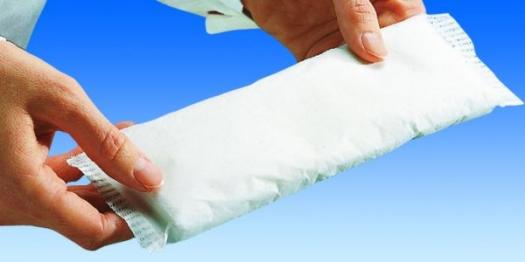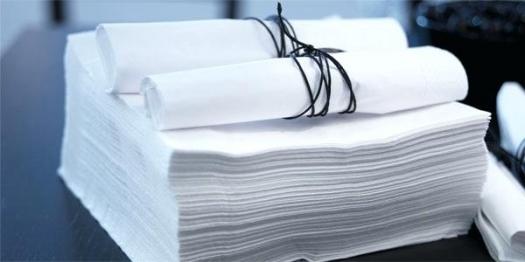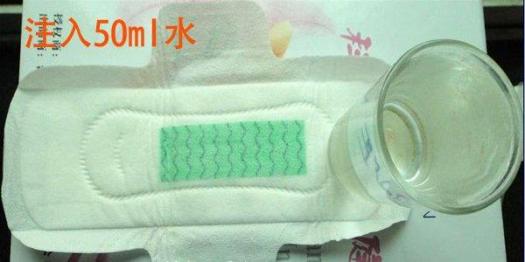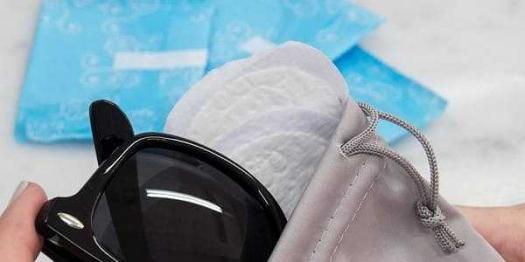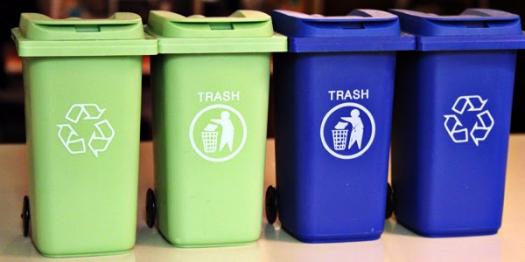Do You Know Sanitary Towels?

A sanitary napkin or else known as sanitary towel or menstrual pad is used by women during menstruation. How much do you really know about this topic? Dive in and find out!
- 1.
In which period of history where sanitary pads first recorded?
- A.
4th century CE
- B.
5th century CE
- C.
6th century CE
- D.
7th century CE
Correct Answer
A. 4th century CEExplanation
Sanitary pads were first recorded in the 4th century CE. This implies that there is evidence or documentation from that time period that verifies the existence of sanitary pads. It suggests that women in the 4th century CE were using some form of absorbent material to manage their menstrual flow. This historical information sheds light on the long-standing need for menstrual hygiene products and the ingenuity of women in finding solutions to address their menstrual needs.Rate this question:
-
- 2.
Who came up with the invention of disposable pads that were created to help wounded soldiers from bleeding?
- A.
James Madison
- B.
Alexander Hamilton
- C.
John Adams
- D.
Benjamin Franklin
Correct Answer
D. Benjamin FranklinExplanation
Benjamin Franklin is credited with inventing disposable pads to help wounded soldiers from bleeding. Franklin developed a method to create absorbent pads by using layers of cotton and wool held together with a pin. These pads were used as dressings for soldiers' wounds during the American Revolutionary War. Franklin's invention revolutionized medical care by providing a more effective and hygienic solution for managing bleeding wounds.Rate this question:
-
- 3.
When was made the first commercial sanitary pad?
- A.
1863.
- B.
1884.
- C.
1896.
- D.
1905.
Correct Answer
C. 1896.Explanation
The first commercial sanitary pad was made in 1896. This means that before this year, there were no commercially available sanitary pads for women to use during their menstrual cycles. The invention of the commercial sanitary pad in 1896 was a significant development in women's hygiene and menstrual care.Rate this question:
-
- 4.
Which company made first commercial sanitary towel?
- A.
Allways
- B.
Johnson & Johnson
- C.
Carefree
- D.
Pampers
Correct Answer
B. Johnson & JohnsonExplanation
Johnson & Johnson is the correct answer because they were the first company to manufacture and sell commercial sanitary towels. They introduced their product in the late 1800s, providing women with a new and convenient option for managing their menstrual flow. Johnson & Johnson's innovation revolutionized menstrual hygiene and paved the way for the development of modern sanitary products.Rate this question:
-
- 5.
Where were papyrus sanitary pad for the rural and poor school girls developed?
- A.
Kenya
- B.
Mozambique
- C.
Uganda
- D.
Nigeria
Correct Answer
C. UgandaExplanation
Papyrus sanitary pads for rural and poor school girls were developed in Uganda.Rate this question:
-
- 6.
What should deodorant, that is added to some pads, cover?
- A.
Perfume
- B.
Menstrual odor
- C.
Olfaction
- D.
Chemical bond
Correct Answer
B. Menstrual odorExplanation
Deodorant added to pads is designed to cover menstrual odor. Menstrual odor refers to the natural scent that can occur during menstruation. The purpose of the deodorant is to mask or neutralize this odor, providing a fresher and more pleasant experience for the person using the pad.Rate this question:
-
- 7.
Panty Liner is used as backup for what?
- A.
Tampon
- B.
Pregnancy
- C.
Birth control
- D.
Sanitary napkin
Correct Answer
D. Sanitary napkinExplanation
A panty liner is used as a backup for a sanitary napkin. A sanitary napkin is a pad worn by women during their menstrual cycle to absorb menstrual flow. Sometimes, a woman may use a panty liner in addition to a sanitary napkin for extra protection against leaks or to feel more secure during heavy flow days. The panty liner is designed to be thinner and lighter than a sanitary napkin, making it suitable for lighter flow days or as a backup option.Rate this question:
-
- 8.
What are women who are using synthetic and plastic created pads most likely to contract?
- A.
Bacterial diseases
- B.
HPV
- C.
Fungal infections
- D.
Bad odor
Correct Answer
C. Fungal infectionsExplanation
Women who are using synthetic and plastic created pads are most likely to contract fungal infections. This is because synthetic materials do not allow proper airflow, causing moisture to be trapped, creating a warm and damp environment that promotes the growth of fungi. Fungal infections, such as yeast infections, can cause itching, irritation, and discomfort in the vaginal area. Therefore, it is important for women to choose breathable and natural materials for their pads to reduce the risk of fungal infections.Rate this question:
-
- 9.
After how many hours should sanitary towel be changed to avoid infection?
- A.
5 hours
- B.
6 hours
- C.
7 hours
- D.
8 hours
Correct Answer
A. 5 hoursExplanation
Sanitary towels should be changed every 4-6 hours to avoid the risk of infection. This is because wearing a sanitary towel for too long can create a moist environment that promotes bacterial growth, leading to infections such as urinary tract infections or vaginal infections. Changing the sanitary towel every 5 hours ensures that it is not worn for too long and maintains good hygiene.Rate this question:
-
- 10.
On average, how many pads women use in a life time?
- A.
13200 pads
- B.
14500 pads
- C.
15400 pads
- D.
16800 pads
Correct Answer
D. 16800 pads -
Quiz Review Timeline +
Our quizzes are rigorously reviewed, monitored and continuously updated by our expert board to maintain accuracy, relevance, and timeliness.
-
Current Version
-
Mar 21, 2023Quiz Edited by
ProProfs Editorial Team -
Mar 09, 2018Quiz Created by
Zlatan Aleksic
 Back to top
Back to top



